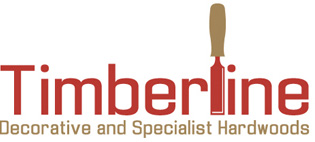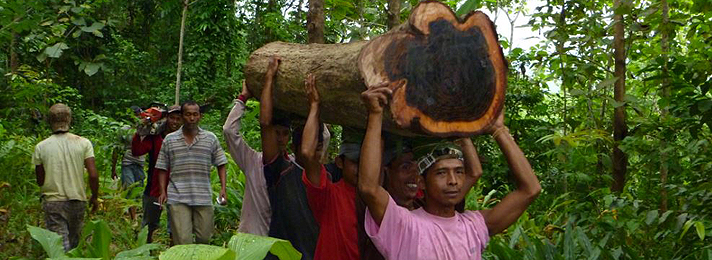
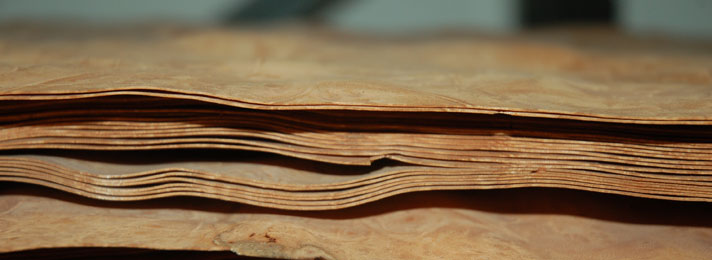
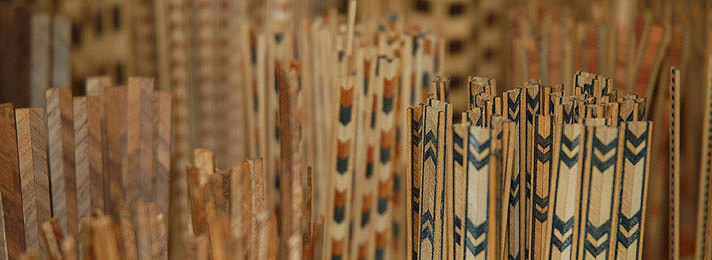
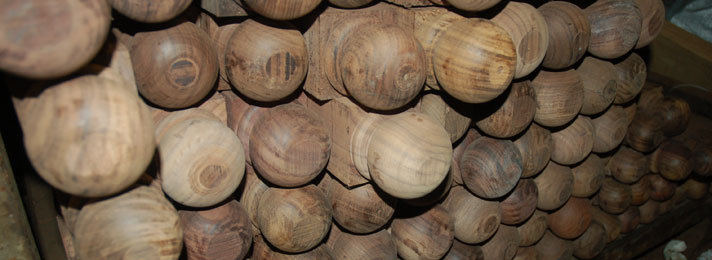
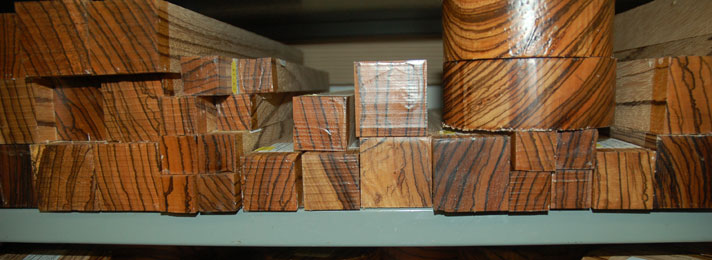
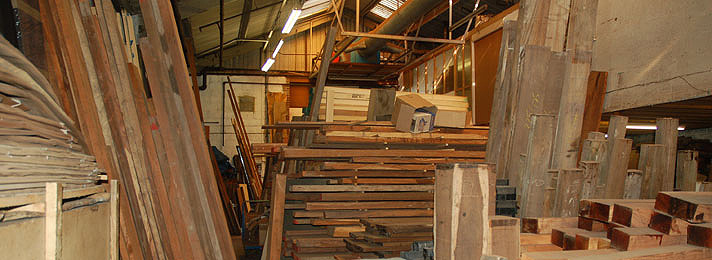
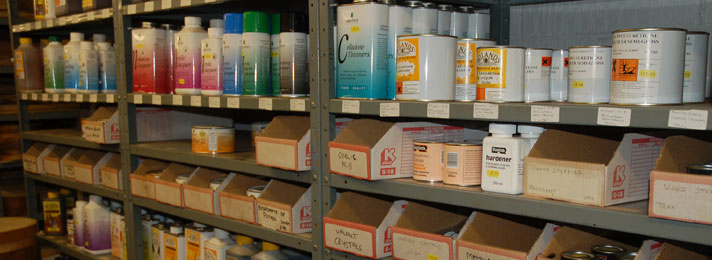
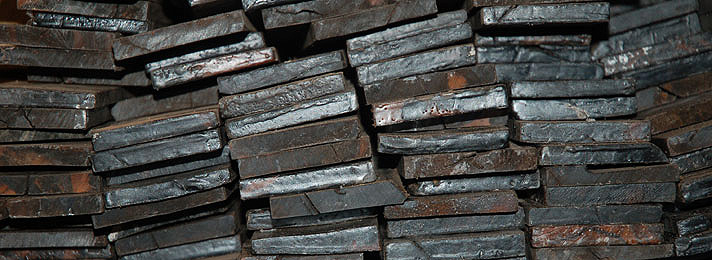
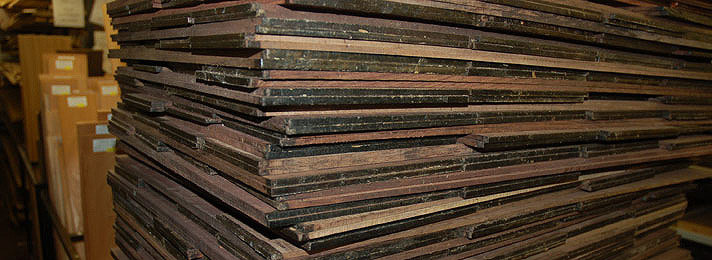
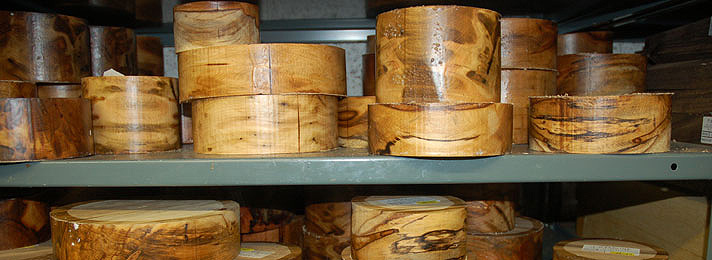
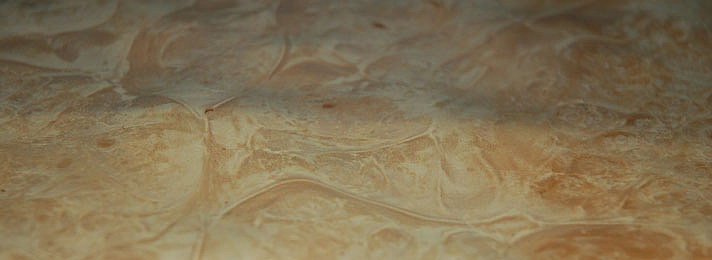
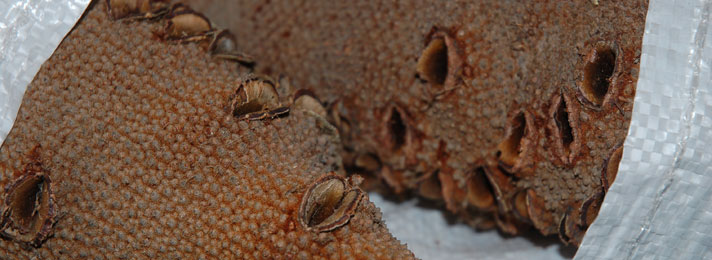
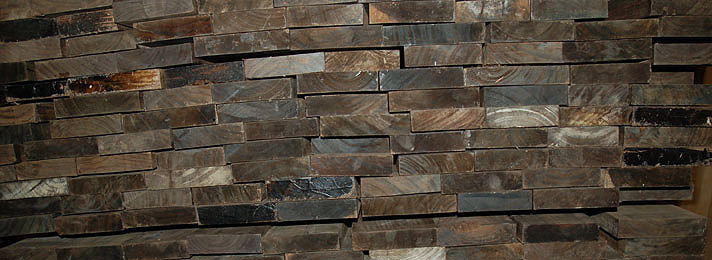
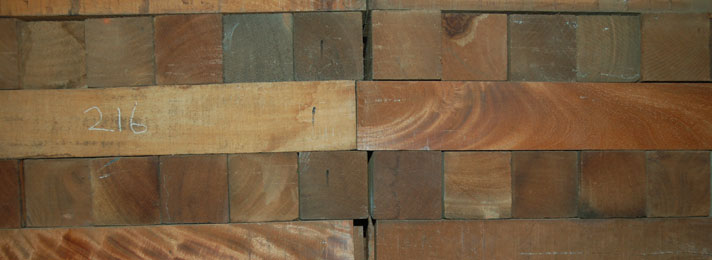
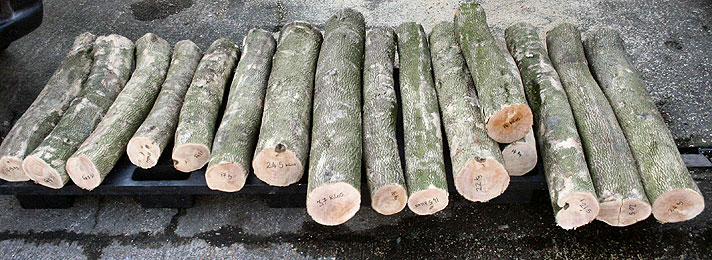
Environmental
The felling and use of timber is subject to many rules and regulations around the world. It is not quite the free for all that might be implied by some. Whether the controls that exist are enough to ensure a healthy future for the world’s forests is a matter of opinion. It is important that these rules and regulations exist and are universally followed so that they can be a platform on which improvements can be laid.
It is the policy and obligation of this company to follow the current laws on timber importation. Beyond that all we can do is to avoid or withdraw from buying timbers where we ‘smell a rat’, even if the trade in that timber is apparently legal.
The following includes brief descriptions of the most relevant organisations that affect timber users in the UK and some descriptions of how some individual timbers come to the market.
EUTR – European Timber Regulations
These became applicable to all Timber placed on the market in the European Union on 3rd March 2013 and do not apply to timber imported before then. They are a legal requirement in all EU states and are backed up by enforcement measures that include seizure, unlimited fines and up to two years imprisonment.
The first placer of the timber (or timber derived products) on to the European market is defined in the regulations as the ‘operator’. Both imported timber from outside the EU and timber grown in the EU are covered. The ‘operator’ must be able to create a ‘due diligence system’ to minimise the risk of illegally sourced timber being put on the European market. There are three elements required, information, risk assessment and risk mitigation. The information component is the easiest of these requiring a file to be filled with appropriate documents such as felling licenses, export licences and so on. The other two elements are less easy and require a good amount of ‘diligent’ research and inquiry to be done and then also placed in the file.
Those who buy from the ‘operators’ are defined in the law as traders. The trader is obliged to be able to identify who the timber has been brought from and, where applicable, to whom it has been sold. Many of our customers will be end users. If there is no onward commercial trade then these end users are not affected by the regulations. Everyone else has to have records available for inspection for up to 5 years.
Certified timber is still subject to the EUTR regulations. Interestingly timber imported under CITES appendix II or appendix III certification are deemed acceptable and require no additional work.
CITES – Convention on International Trade in Endangered Species
This is an international agreement to which 180 countries adhere to voluntarily and is legally binding to them. It does not take the place of national laws but forms a framework for domestic legislation as is the case with EU states.
CITES controlled species are listed in three different degrees of protection according to need
Apendix I includes species threatened with extinction that require full protection. Trade in these species is permitted only in exceptional circumstances.
These species are effectively banned from international trade.
Appendix II includes species where uncontrolled trade may ultimately push the species to a point where it is threatened with extinction.
These species are part of a carefully controlled trade requiring an export licence to be issued by the management authority in the country of export and an import license to be issued by the management authority in the country of import, APHA in our case.
Appendix III includes species where one or more countries have requested help from other member countries in controlling trade in a species.
These species are part of a carefully controlled trade requiring an export licence to be issued by the management authority in the country of export but not requiring an import license.
The CITES species list is updated and changed regularly and it is worth consulting the CITES species database on www.cites.org.
There are thousands of animal and plant species listed in the three CITES appendices. Here is a list of the species that to my knowledge have a history of use in the UK.
Appendix I
| Monkey puzzle tree (Chilean pine) |
Araucaria araucana | Chile |
| Brazilian rosewood (rio rosewood) |
Dalbergia nigra | Brazil |
| Alerce | Fitzroya cupressoides | Chile |
Appendix II
| Lignum Vitae (palo santo) |
Bulnesia sarmientoi | Paraguay, Argentina, Brazil |
| Pernambuco (brasilwood) |
Caesalpinia echinata | Brazil |
| Ramin | Gonystylus spp. | Indonesia |
| Lignum Vitae | Guaiacum officinale Guaiacum sactum Guaiacum spp |
Caribbean, Central America |
| Afrormosia | Pericopsis elata | West Africa |
| Red Sanders wood | Pterocarpus santalinus | India |
| Honduras mahogany (Brazilian mahogany) |
Swietenia macrophylla | Central and South America |
| Cuban mahogany | Swietenia mahogani | Caribbean islands |
| Madagascar Ebony | All native Diospyros spp. | Madagascar |
| Madagascar rosewood | All native Dalbergia spp. | Madagascar |
| Thai Rosewood | Dalbergia cochinchinensis | Thailand |
| Mexican cocobolo | Dalbergia retusa | Mexico |
| Grenadilla | Dalbergia grenadillo | Mexico |
| Honduras rosewood |
Dalbergia stevensonii | Central America |
Appendix III
| Cigar box cedar | Cedrela odorata | Central and South America and the Caribbean |
| Bubinga | Guibourtia demeussi Guibourtia pellegriniana Guibourtia tessmanii |
West Africa |
| The whole rosewood genus of 275 species and 3 species of Bubinga were listed in January 2017 of which these are the timbers we know. |
||
| Bubinga | Guibourtia demeussi Guibourtia pellegriniana Guibourtia tessmanii |
West Africa |
| Kingwood |
Dalbergia caerensis | Brazil |
| Tulipwood | Dalbergia decipularis | Brazil |
| Indian Rosewood | Dalbergia latifolia | India |
| Sonokeling |
Dalbergia latifolia | Java |
| Shisham wood |
Dalbergia sissoo | India |
| Amazon rosewood |
Dalbergia spruceana | Brazil |
| San domingo rosewood |
Dalbergia tucarensis | Guatemala |
CITES – Special update for 2020
There have been special CITES permit requirements regarding all the Dalbergias and the three Guibourtia species that were listed CITES appendix II in 2017.
For the three years until the beginning of this year these species required CITES permits to be issued for the export and import of finished articles made from them. This was a departure from the norm for CITES appendix II listings where finished articles made from these were exempt but most other forms such as boards and veneers all required permits.
This requirement proved to be unwieldy and was not popular with any of the parties involved. There was some campaigning particularly by the musical instruments industries and in the 2019 CITES meetings the rules regarding these species were changed. These changes have been in force since the beginning of this year.
Finished musical instruments, musical instrument parts and musical instrument accessories no longer require CITES import or export permits to be issued.
Other finished articles such as carpentry tools or small items of furniture where the Dalbergia or Guibourtia element does not exceed 10kg within one consignment no longer require CITES import or export permits to be issued.
Consignments where the Dalbergia or Guibourtia elements exceed 10kg such as a lumpy old piece of Chinese ‘hongmu’ furniture obviously, and quite correctly, still require the CITES permits.
One final detail is that Dalbergia cochinchinensis, a species from Laos almost exclusively used by Chinese ‘hongmu’ furniture industry, is currently banned from international trade including the finished articles of any kind made from it.
The appendix I Dalbergia species – Brazilian/rio rosewood – Dalbergia nigra, is not covered by any of the above. As an appendix I species trade of any kind is banned. Technically items made from it can be exported if the wood can be proved to be pre-convention i.e. imported before 1992. It is quite a long winded process to get these permits and some have attempted to do so fraudulently. In my opinion it is not worth trying.
THE LACEY ACT
The Lacey act is a Law in the USA designed to intercept timber or timber products that might have been illegally sourced against US laws or laws in the country of origin. Any US citizen that imports wood or any item made from wood must declare the timber, the botanical name, the country of origin and the quantity, weight or volume of the timber in the shipment or that the item is made from. This information is then processed against a computer database and a species tainted by illegality will be identified. The importer then has to prove the wood has been legitimately sourced. If this cannot be proved then the goods are seized and the importer punished. If the American government were better sports they might let everyone know the list of species included on the database, but they do not.
This is not a law that we are bound to in the UK but we should have a care about any products that we export to the USA. We should be willing to supply the importer with the information needed for the Lacey act forms and avoid selling any products made from species that we suspect might be in the ‘mystery’ US database.
FSC – Forestry Stewardship Council
This is a non-governmental organisation run on a non-profit making basis but not without cost to the timber industry. It is an independent timber certification scheme that creates a system of forest stewardship and a chain of custody that ultimately confirms that the timber products concerned have been produced using principals that ensure a good future for the forests they control. These principals include long term land tenure, indigenous people’s rights, worker’s rights, community rights, efficient forest management and regular monitoring. FSC is well known in the UK and FSC products are widely available especially where the product is traded in large volumes.
PEFC – Programme for the Endorsement of Forest Certification
This is a non-governmental organisation run on a non-profit making basis but not without cost to the timber industry. It is an independent timber certification scheme that creates a system of forest stewardship and a chain of custody that ultimately confirms that the timber products supplied have been produced using principals that ensure a good future for the forests they control. These principals are very similar to those of the FSC, with the addition of natural alternatives to the use of chemicals and encouragement of spiritual and recreational benefits from the forest. PEFC is commonly applied to timber from the USA and Canada.
Read on for Case Studies...
Shop Online
Visit Timberline's online shop
Christmas Closure
Our last day open: Thur, 18th Dec 2025.
Reopening - Mon, 5th Jan 2026.
-
Please note our new closing time: 5pm
Timberline Catalogues
We also produce a Wood School booklet, see here.
Follow us on Instagram!
Join our Mailing List:
Subscribe to our newsletters and recieve updates on new stock, products and industry news.
Click here to sign-up now.
Search Timberline's site:
Accessibility | Privacy Policy | Cookie Policy | T&Cs | © Robert Smith 2025 |
